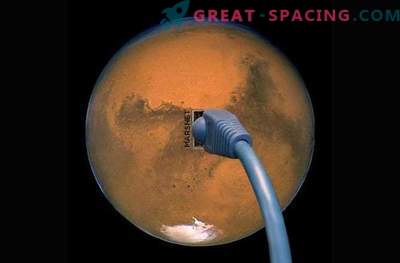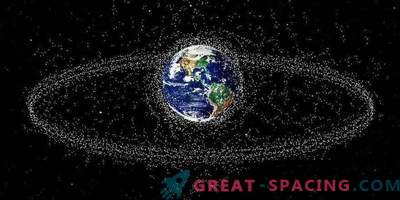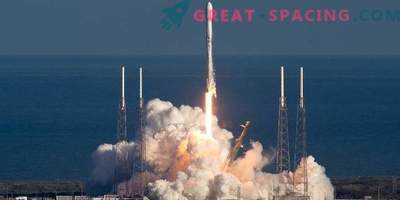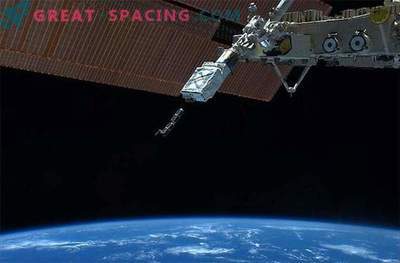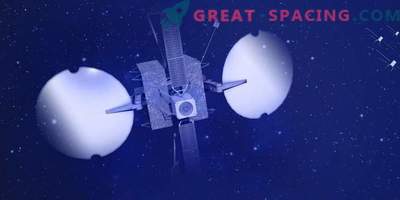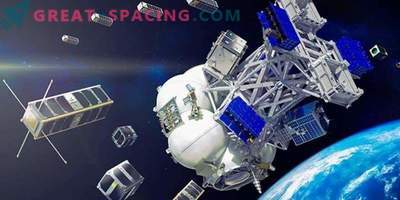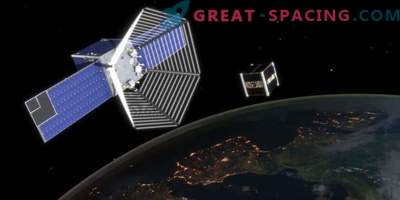
The ambitious project of Ilona Musk on creating an accessible Internet for the entire planet is preparing to be realized in the coming years. But what about the huge number of sent satellites? Doesn't that worsen the situation with orbital debris?
Internet for everyone!
Back in 2015, SpaceX announced a new desire - to create a satellite communications system that will cover the whole world. Yes, somehow Ilon Mask not only manages to launch rockets into space, develop plans for the colonization of planets, dig tunnels and create Tesla electric cars, but also expand the possibilities of the world wide web.
Just a year ago, the company sent two test satellites for the future Starlink system. But you must understand that the future network should be 12,000 satellites launched into near-earth orbit until the mid-2020s.
Problems and Prospects

The idea really seems interesting. The presence of satellite clusters around the planet and receiving stations located on Earth will make it possible to achieve planetary coverage at a transmission rate of up to 1 GB per second! Any village, abandoned town, sea vessel or a place forgotten by everyone will be available for high-quality communication.
But skeptics do not forget to point out weak points. First of all, it is necessary to develop a clear control system for orbiters that should not collide. In addition, there will be a need for regular updates. We are talking about tens of millions of dollars spent on launches and the creation of new devices. Particularly acute is the issue of orbital debris. In theory, the Mask company will have to send about 4,500 new satellites every 5 years to orbit to replace the failed ones. But in SpaceX they tried to reassure and assured that they would not inherit in orbit.
Everything burns in the atmosphere
Starlink project engineers have taken into account the risk of collision and failure of future satellites. In order not to aggravate the problem with orbital debris, they recently decided to launch the first batch to an altitude of 550 km and introduce changes to the design of spacecraft.
The team tries to replace parts represented by a fireproof material. If the satellite falls, it should completely burn in the atmospheric layer. Now they are actively looking for ways to replace metal structures in correction engines and reactors. The hardest thing is to deal with a mirror created on the basis of silicon carbide.
Postscript
The first batch of Starlink satellites is planned to be sent in May 2019. But experts say that engineers will not be able to replace all the parts in the mechanisms with combustible ones. In addition, it is difficult to make it so that with such a huge number of satellites it was possible to avoid collisions in orbit.
